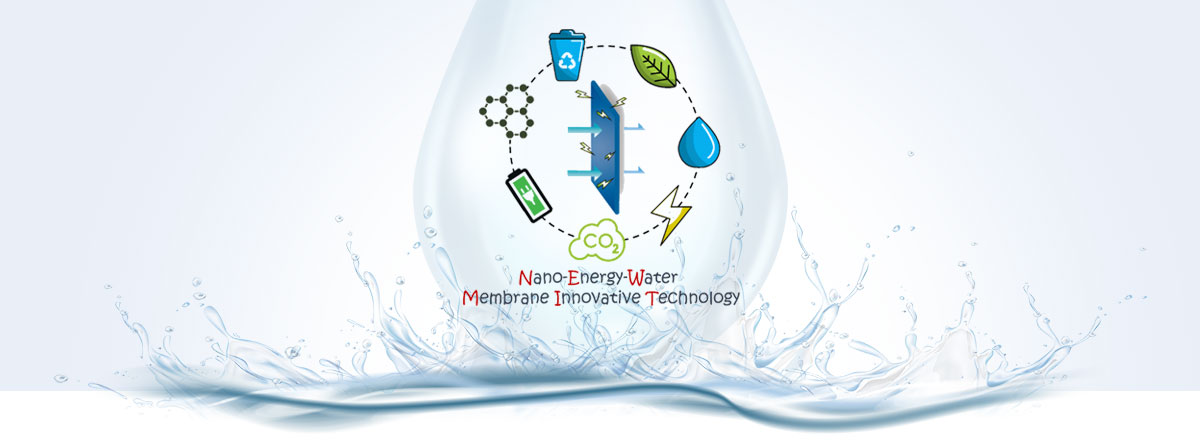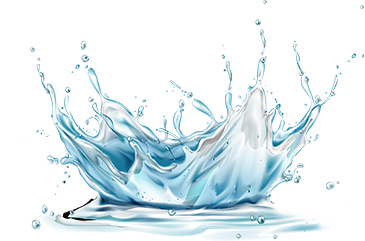

Research
Our team's research is centered on the forefront of next-generation green and high-quality water purification technologies, using electrochemical and membrane filtration coupling as a point of entry. We delve into three fundamental scientific issues: the principles of electrode micro-interface reactions, the design of porous membrane electrode materials, and the optimization of electrochemical membrane filtration processes. Our primary aim is to elucidate the behaviors of pollutant migration, accumulation, transformation, and reduction within membrane electrodes. We have innovatively proposed low-pressure electrofiltration technology for rapid identification, precise detection, and efficient removal of emerging pollutants in water. This technology also facilitates the safe eradication of pathogenic microbes, provides early warning and self-cleaning of membrane fouling, and enables comprehensive, low-energy, and reliable integrated reuse of water resources.
水处理智能膜材料和绿色膜过程
以高质、低成本功能膜材料设计与制备为核心,揭示膜-水微界面微纳功能结构精准构筑和调控,明细功能结构特征、膜材料性质和膜性能发挥三者间的构效关系,发展膜过滤污染物分离与识别、预警、响应、控制与自清洁智能方法与一体化集成技术
Smart Membrane Materials and Green Membrane Processes
Focusing on high-quality, low-cost functional membrane materials, we aim to reveal the precise construction and regulation of micro and nano-functional structures at the membrane-water interface. We detail the relationships between functional structures, material properties, and membrane performance to advance membrane filtration technologies for pollutant separation, identification, early warning, responsive control, and integrated self-cleaning.
电过滤水质净化新原理、新方法及功能评价
以发展导电膜材料为根基,研究膜过滤过程中电化学反应动力学、产物选择性和电场内的流体力学特征,从微观层面解析膜孔内流场、电场等多场耦合作用下的污染物分子迁移转化过程,揭示纳米级亚纳米膜孔内分子选择性迁移和电子定向传导机制,提出电过滤污染物高效去除方法,评价污染物削减能效及处理水质健康安全风险
New Principles, Methods, and Functional Evaluation of Electrofiltration for Water Purification
Rooted in the development of conductive membrane materials, this area explores the kinetics of electrochemical reactions during membrane filtration, product selectivity, and fluid dynamics within the electric field. We analyze the coupling effects of flow and electric fields on pollutant molecular migration and transformation at a microscale, uncovering the mechanisms of selective molecular migration and electron directional conduction in nano and sub-nano membrane pores. We propose efficient pollutant removal methods via electrofiltration and evaluate the energy efficiency of pollutant reduction and the health and safety risks of treated water.
(光)电化学与膜分离耦合工艺系统用于废水高质资源化
以废水资源再生利用为目标,结合自发电化学反应原理与膜渗透理论,开发高效、自持的(光)电化学-膜分离耦合废水资源综合再生利用系统,高效利用太阳能和废旧金属,可实现电镀废水的可持续金属还原回收、产电和减量化
(Photo)Electrochemical and Membrane Separation Coupled Processes for High-Quality Resource Recovery from Wastewater
Targeting resource recovery from wastewater, we combine spontaneous electrochemical reactions with membrane osmosis theories to develop the efficient, self-sustaining (photo)electrochemical-membrane separation system for integrated reuse. Utilizing solar energy and recycled metals, the system enables sustainable metal recovery, electricity generation, and volume reduction from electroplating wastewater.
